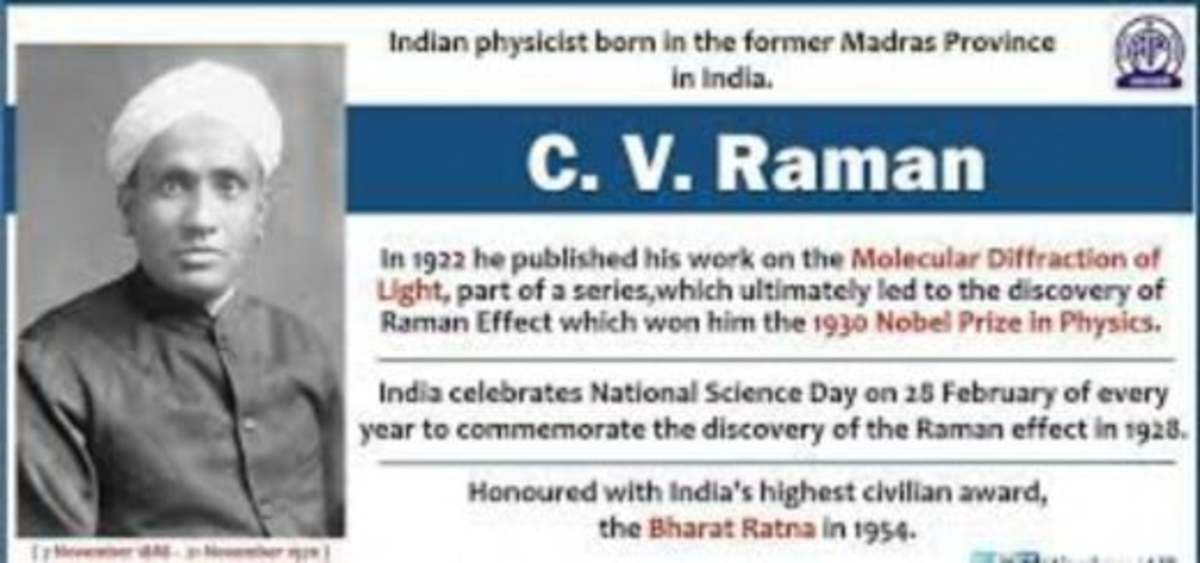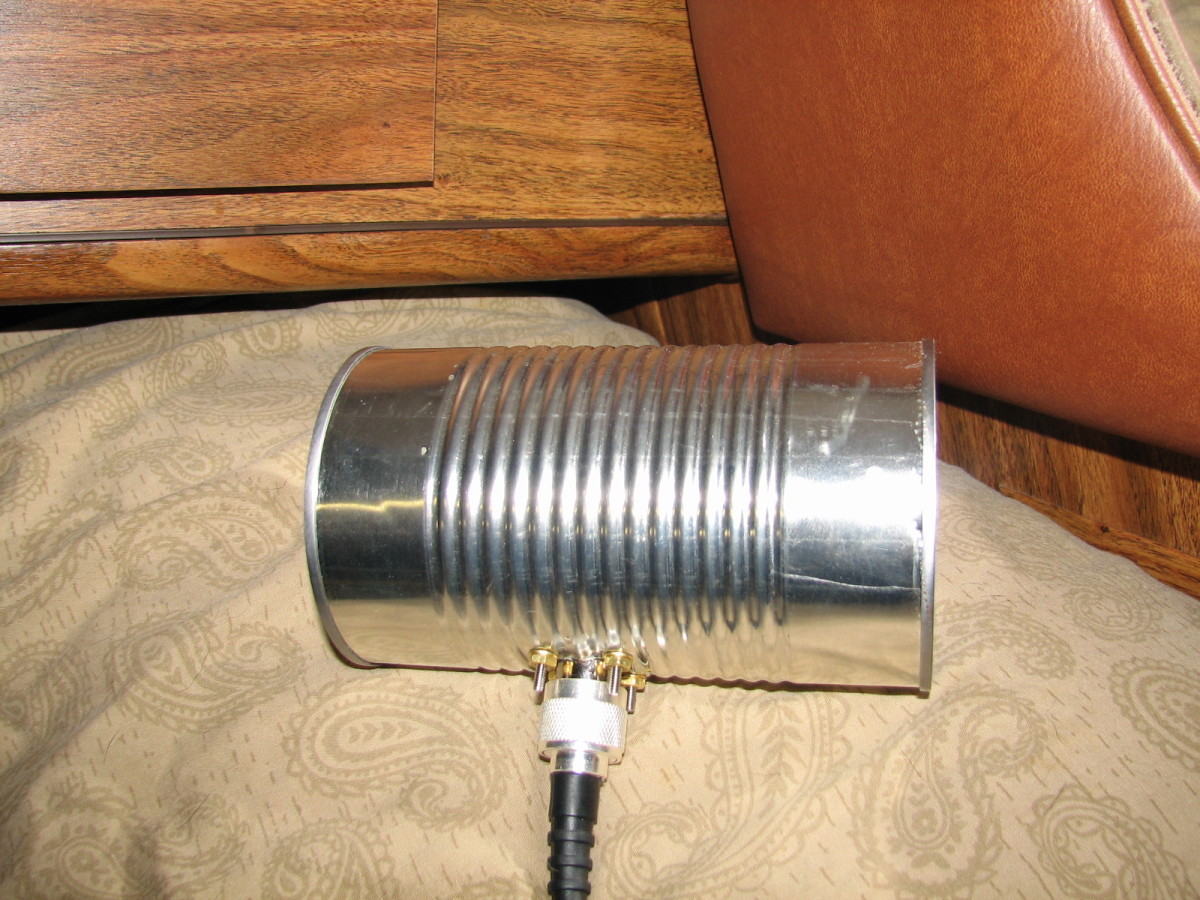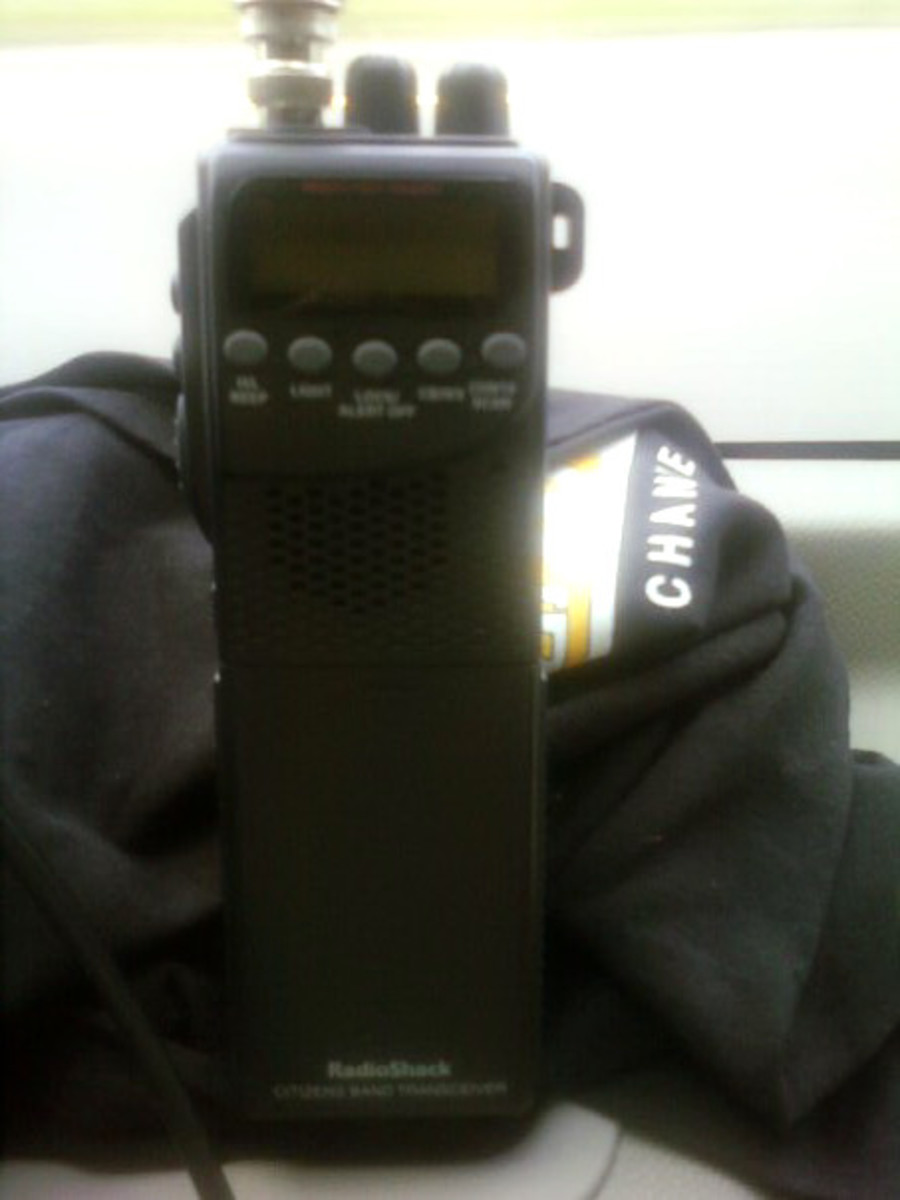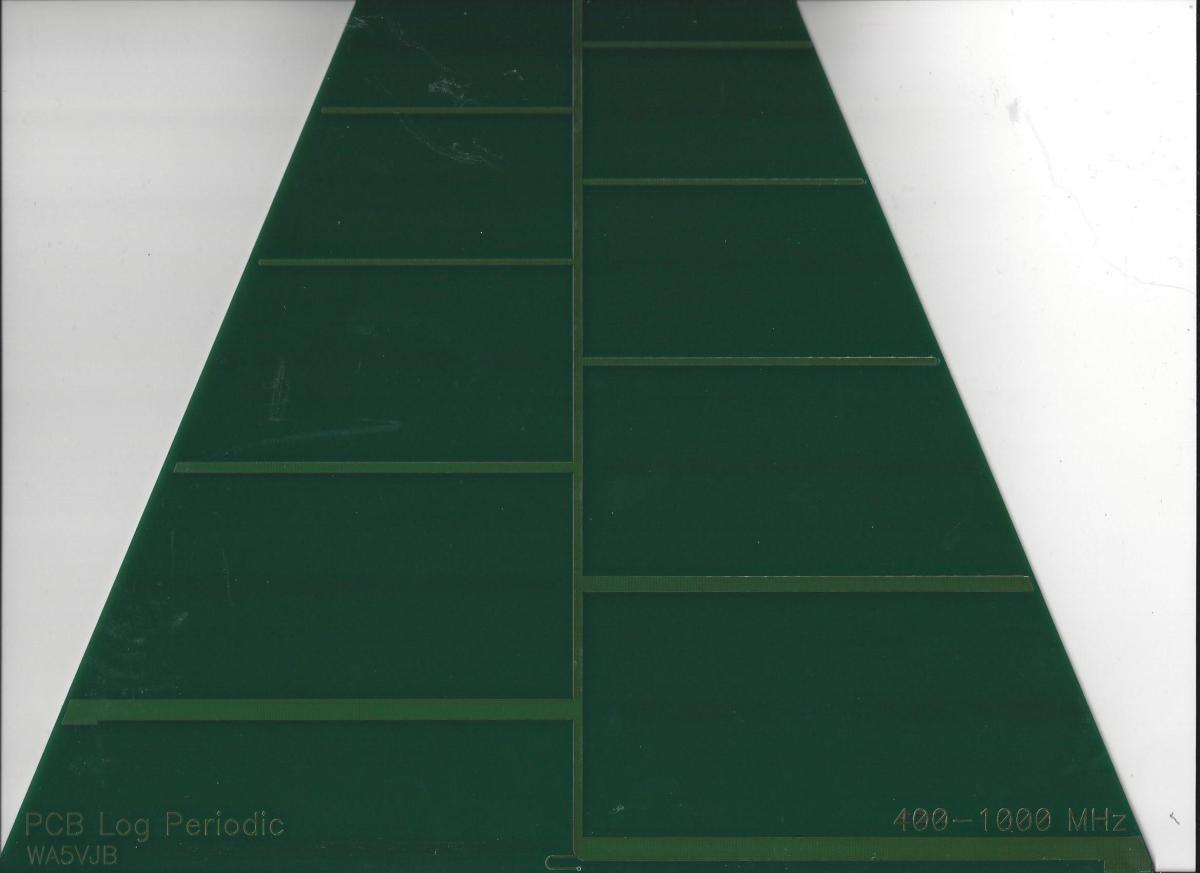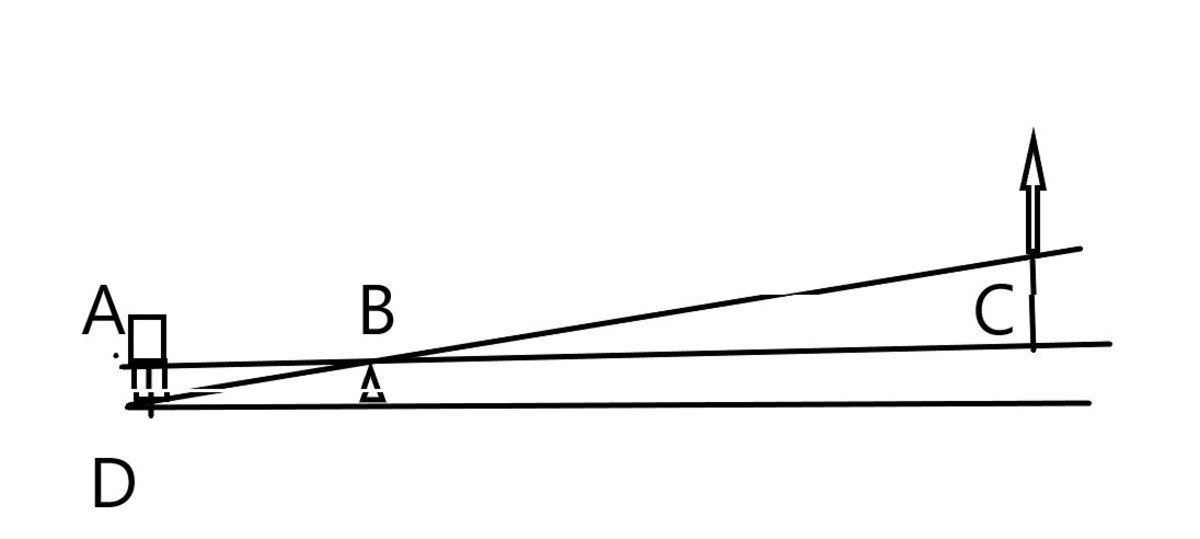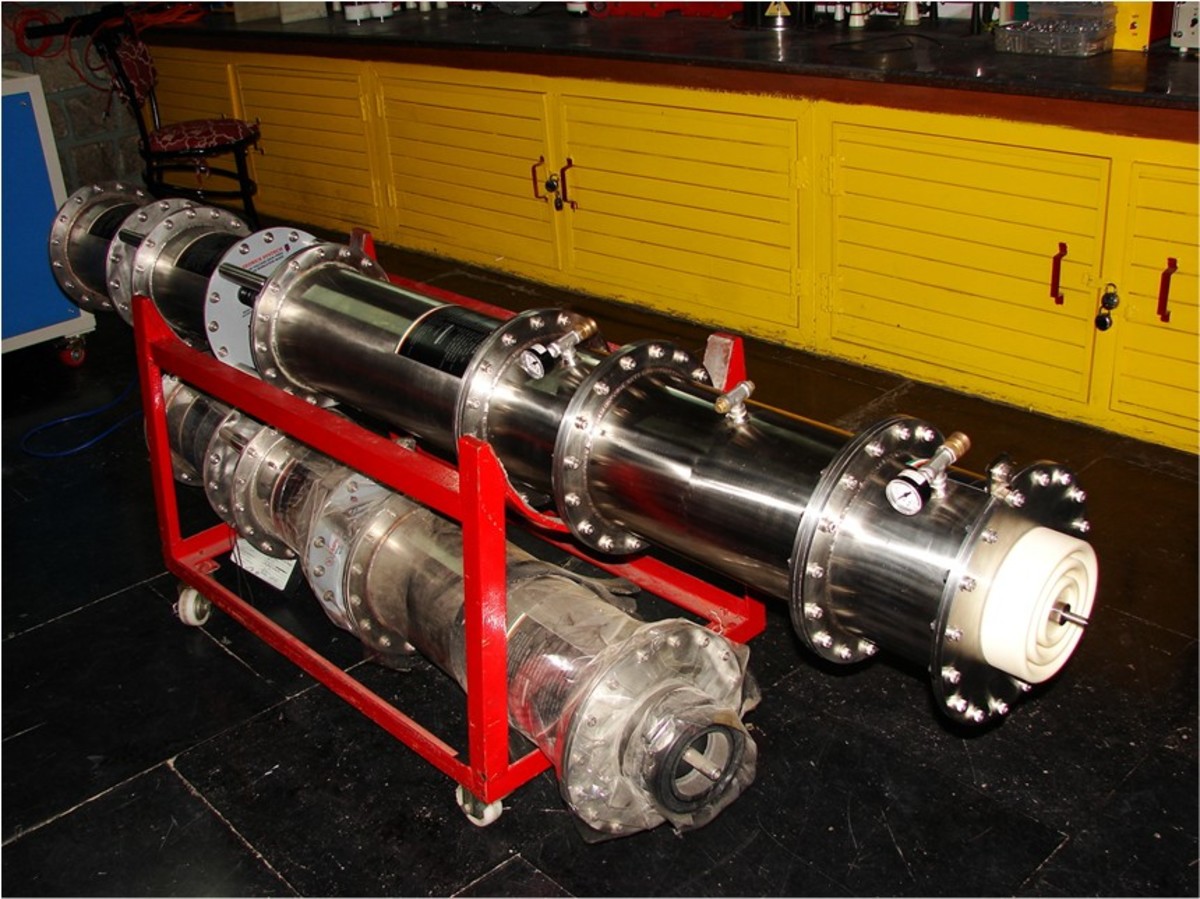The Electricity Guy: Over the Air
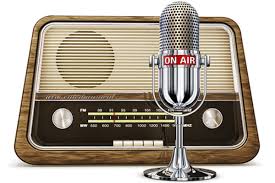
Introduction to Broadcast Technology
Welcome to another 'Electricity Guy' article.
This time we will be looking at the process of sending signals by using an electromagnetic field. Commonly known as 'broadcasting'.
Technically, What Is Broadcasting?
Broadcasting is the process of using a strong electromagnetic field to induce the production of a signal containing sound and/or visuals in a receiver that is located a distance away.
However, it does not always have to be wireless. "Cable TV" is the same technical process, but through a cable.
The easiest way to describe it is by taking a super-powerful amplifier, but instead of connecting it to a speaker, for example, the output is connected to an antenna. The super-strong field is then output from the antenna and can be processed by a receiver that is tuned to the same frequency as the output of the transmitter.
Transmitter output strength is measured in watts. The higher the wattage, technically can travel farther. However, there are many factors such as climate conditions that can affect how far a said signal can travel. Typically speaking, a signal broadcast via AM can travel much farther than a signal broadcast by FM, but at a much-reduced quality.
The amount of power that any said transmitter can output is usually federally-regulated. There are minimum and maximum allowances. For example in most places in North America, broadcast transmitter output is capped at 50,000 watts. There are also minimums. Depending on where the transmitter is located. A station located in a smaller community would be allowed a less-powerful signal than that of a station located in a major city. Generally, low-power transmitters are not allowed in densely-populated areas, but there are some exceptions. For example, the city of Toronto in Canada with a population of over 3 million, has a 28-watt FM station and a 99-watt AM station. These stations were granted special permission for such low-power outputs because they were intended to serve specific communities within the city.
Wavelength and Bandwidth
Wavelength and bandwidth are technically two completely different things, but both affect how a signal is delivered and in some cases the signal quality.
WAVELENGTH
If you could see radio waves, one thing you would notice is that in addition to being different frequencies, they are also different sizes,
Each type of signal has an average size, but the actual size (length) of the wave is inversely proportional to the frequency. In other words, a higher frequency is shorter.
Generally speaking, an FM wave is about one meter long.
AM is a bit different because there are different types of AM signals. What is commonly knows as 'AM' in North America is actually a medium wave signal. These are typically the length of a city block.
There is also short wave and long wave.
Long wave is not used in North America. but is common in Europe. Long waves are about the length of two football fields.
Short wave was common in the pre-internet era. Short waves can travel very far, so this type of broadcasting was used to transmit news to other countries. Short waves can travel very easily across an ocean. Short waves are generally between 10 meters and 40 meters long.
Short wave broadcasting still does exist, but not nearly as much as it was before the internet became popular. With more people getting world news via internet, the need for shortwave broadcasting has significantly decreased.
Wavelength is important because ideally, the receiving antenna should be the same length as the wave. For example, the best FM antenna is about one meter long.
Yes, that also means that a medium wave AM antenna should be one-block long. Quite impractical. However, AM reception is possible by using what is called a ferrite-core antenna. It is an iron bar with a coil of copper wire around it. The AM signal creates a magnetic field in the copper which creates the signal. Kind of like a transformer. This eliminates the need for a ridiculously long antenna. This type of antenna only works for AM medium wave.
BANDWIDTH
Bandwidth refers to the amount of room a signal uses around its intermediate frequency.
When you tune a radio to a frequency, the displayed frequency is the intermediate frequency. The middle frequency, but the signal actually takes up many more frequencies that are around the intermediate.
The larger the bandwidth, the better the quality.
It is possible for FM radio to have a wider bandwidth than AM because the stations are father apart. The wider bandwidth of FM is what allows for a better quality broadcast.
Some high-end multi-band AM receivers have the option of switching to a narrower bandwidth. This reduces the chances of interference from adjacent stations but also reduces the sound quality.
It is possible for AM stations to have sound quality as good as FM, but due to the limited bandwidth that is allowed for AM broadcasting, the quality is limited. Although for a while the FCC in the United States was allowing AM stations broadcasting in stereo to use a wider bandwidth on the upper part of the AM band (1600-1700 kHz). However, this was short-lived as many AM stations abandoned music programming for news and sports programming.
TV signals required the most bandwidth since they carried much more information.
The reason TV stations in North America were forced to switch to digital broadcasting was for high definition. The HD signals broadcast by analog transmitters required too much bandwidth and could not be transmitted properly without causing interference to adjacent stations. The digital broadcasting requires a much narrower bandwidth. Now stations can be closer together and this has also opened up some frequencies to use for other applications.
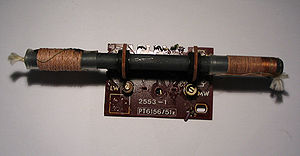
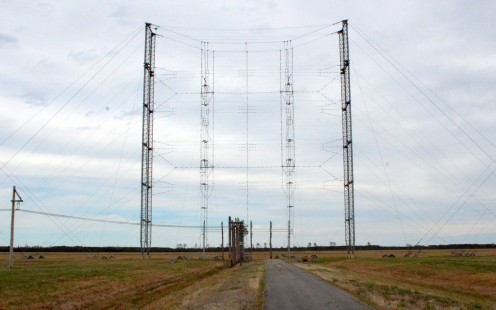
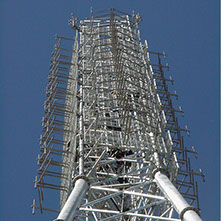
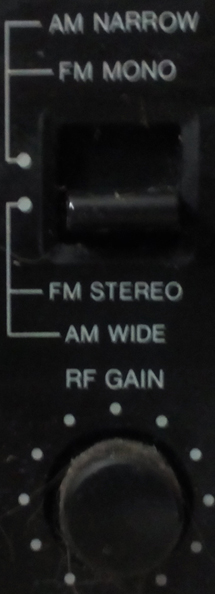
Now You've Got It In Stereo, Baby!
FM STEREO
In 1961, FM Stereo broadcasting officially began. It was created by General Electric and Zenith. Although there were many experimental stereo broadcasts going back to 1958.
The process of broadcasting an FM radio signal in stereo is called multiplexing. As a matter-of-fact, the equipment used to make a signal stereo is separate from the transmitter and it is called a multiplexer.
With the multiplexer activated, the station transmits three different but simultaneous signals.
The main carrier which contains a mono (L+R) signal. The differential (L-R) signal which contains the differences between the left and right channels. Finally, there is a 19 kHz pilot. The pilot is processed by stereo FM receivers to recognize that there is a differential (L-R) carrier and to process it correctly. It is the pilot signal that makes the 'FM STEREO' indicator illuminate.
The reason the three different signals are used is for compatibility with non-stereo receivers. Since not all FM radios are stereo, they must be able to process a non-stereo (mono) carrier. Such receivers will process only the main carrier (L+R) and ignore the others.
The disadvantage of the FM Stereo signal is that the pilot carrier is more susceptible to interference than the main carrier. That is why when listening to a stereo station that is far away contains more static than listening to the same station in mono. Almost all stereo FM receivers will automatically switch to mono when the signal becomes weak. The point at when a receiver turns off stereo processing is called the stereo threshold. High-end stereo FM receivers have a control that allow the threshold point to be adjusted. Some even allow it to be turned off so that the receiver always tries to process the pilot regardless of signal strength. However, once the pilot disappears, stereo processing will stop anyway.
When a stereo signal reaches the stereo threshold, the receiver will cycle the stereo processor off and on. You can tell this is happening due to the 'FM STEREO' indicator flashing, along with the obvious difference in the sound.
AM STEREO
AM Stereo broadcasting began in 1985 using four different standards. By 1988, Canada adopted the Motorola C-QUAM system as the standard, and the United States made the same system standard by 1993.
The C-QUAM system was chosen because it was compatible with mono receivers.
The system of broadcasting AM in stereo was different than that of FM.
C-QUAM AM Stereo uses a phase-differential carrier. Where the phase of the signal is rotated.
Non-stereo AM receivers are compatible with a stereo signal by ignoring the phase-differential carrier.
AM Stereo has become obsolete, with many AM Stereo stations reverting back to mono since many AM stations have discontinued music programming in favor of talk shows.
STEREO TV AUDIO
Stereo TV audio was also called Multi-channel Television Sound. It was first introduced in North America by the NBC network in 1985. The first two programs to be broadcast in stereo by the network were 'Miami Vice' and 'Late Night With David Letterman'. Fox and CBS followed, and the last U.S. network to switch to stereo was ABC. The Canadian networks did not start broadcasting in stereo until a year later.
In addition to being able to transmit audio in stereo, broadcasting audio in other languages was also possible, but uncommon.
The technical process of doing this involved transmitting sub carriers along with the main carrier signal similar to FM Stereo. However, with digital TV broadcasting, this process is now obsolete.
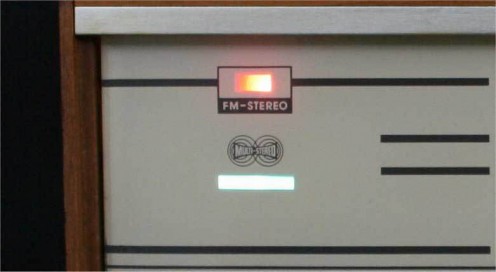
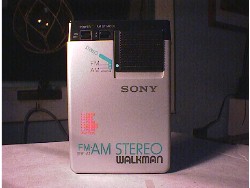
Conclusion
That is all for this entry.
More electricity and electronics articles from "The Electricity Guy" coming soon.
Look for electronics hobbies articles including Arduino projects as well.
© 2017 paulbrec

